If you’re reading this article, chances are you were a dragon kid growing up. You know what I’m talking about: you were the kid who hounded your local librarian for books about dragons, drew pictures of dragons in your spare time, and flipped out when you were lucky enough to see dragons on TV. Maybe you picked out a name for the pet dragon you knew you’d never have. Maybe you filled up entire notebooks with dragon stories! Kids knew, instinctively, what even the stodgiest realist has to admit: dragons are freaking awesome.
But why, though? What makes dragons so captivating? Although the portrayal of dragons in HBO’s new Game of Thrones spin-off House of the Dragon gives us some insight, the answer actually lies much further back in human history.
“Closer to gods than men”
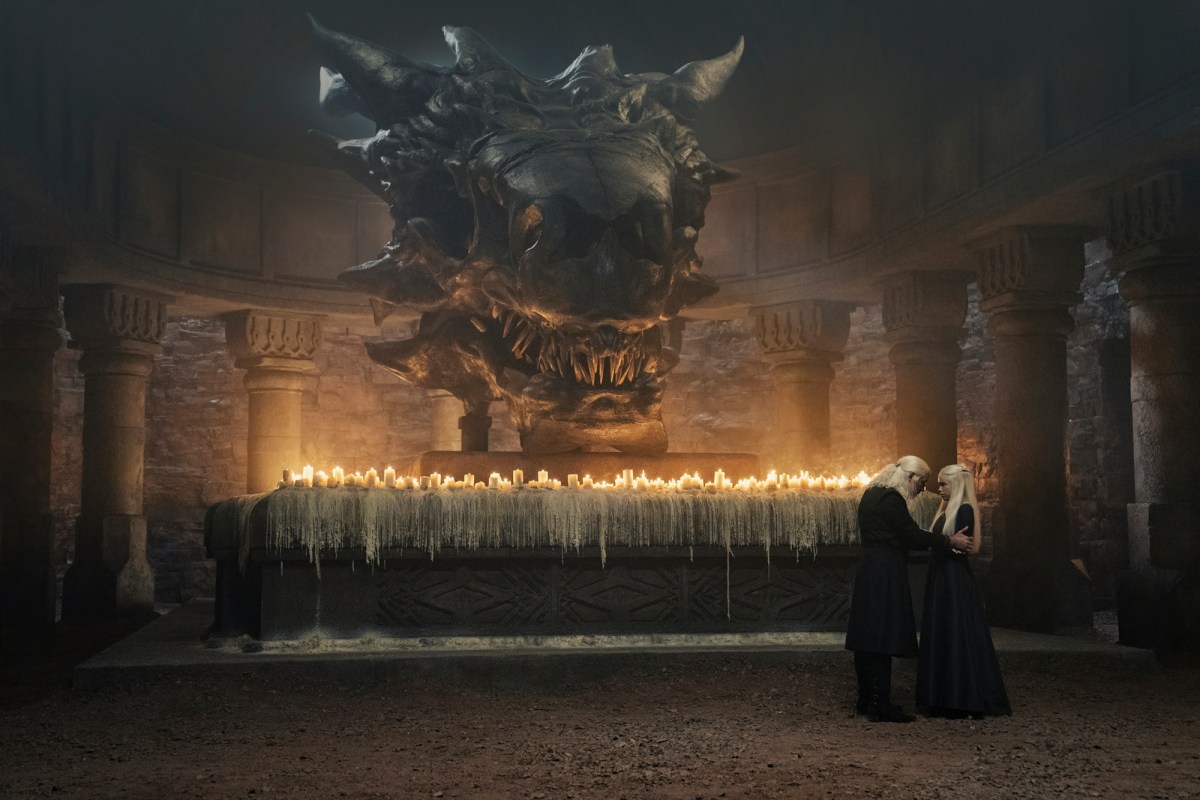
In Episode 1 of House of the Dragon, King Viserys asks his daughter Rhaenyra to come look at a subterranean shrine containing the skull of Balerion, the dragon ridden by Aegon the Conqueror. Viserys asks Rhaenyra what she sees when she looks at the family’s dragons.
“Everyone says Targaryens are closer to gods than men,” Rhaenyra replies, “and they say that because of our dragons.” Viserys agrees, and tells her that the idea that Targaryens actually control the dragons is an illusion. Dragons are a force much bigger and stronger than humans.
There are a couple of things going on in this scene. One explanation for the idea that Targaryens are closer to the gods because of their dragons is the sheer amount of raw power that dragons hold. Harnessing that kind of power seems like a godlike ability.
But the line also has a spiritual element. Dragonriders’ relationship with their dragons isn’t just that of a human training an animal. The Targaryens see their dragons as companions (or in Daenerys’s case, children) and bond with them deeply. The people of Westeros and Essos clearly see dragons as sacred (albeit terrifying) beings, and the Targaryens are sacred by association. Remember in the original Game of Thrones series, when Daenerys puts her dragon eggs on Khal Drogo’s pyre and emerges miraculously unburnt the next day? Her association with dragons turns her into a magical figure.
You see this kind of dynamic in other dragon literature, too. Take, for instance, Anne McCaffrey’s Pern books, in which people ride dragons in order to burn away a deadly thread that falls from the sky. On Pern, riders share telepathic links with their dragons, and being accepted by a dragon as its rider is considered a great honor.
So one explanation for why we love dragons so much is because they’re big, powerful creatures, and watching characters ride them is a way of vicariously tapping into that power. But there are lots of mythical animals that fit that description. Why aren’t we collectively obsessed with, say, manticores? Or hippogriffs?
To answer that question, we have to go back to way before Game of Thrones.
Dragons in mythology
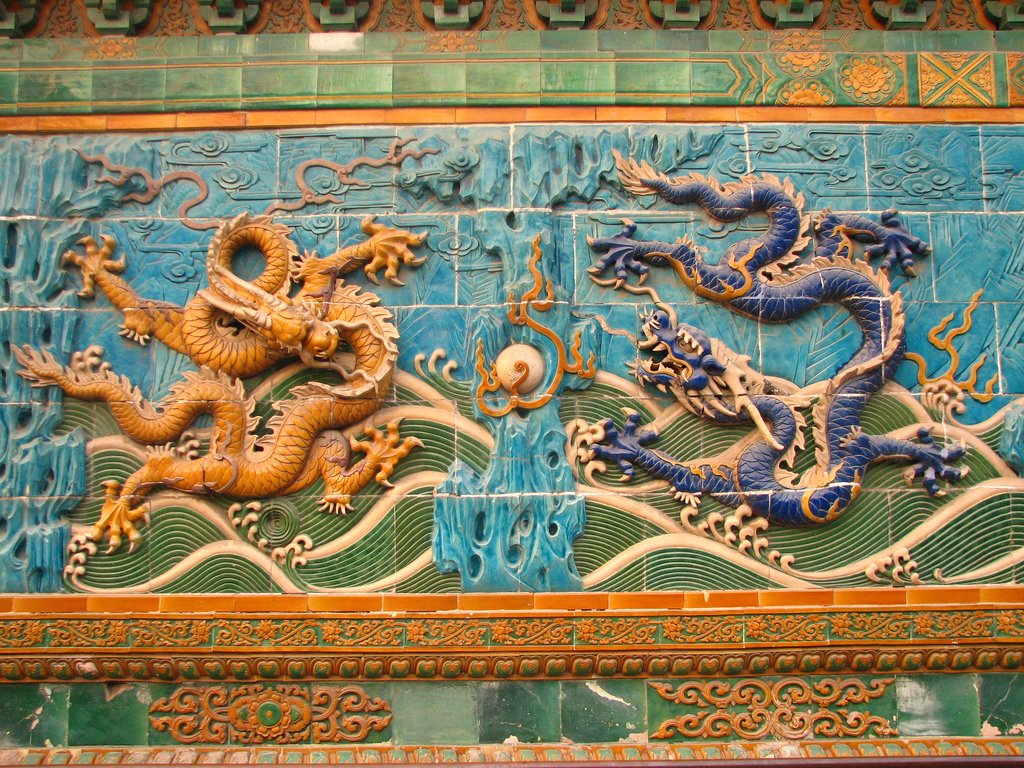
Despite their wings and powers of flight, dragons have historically been seen as creatures of the underworld. Their appearance resembles snakes and lizards, which can emerge from the ground to bite you. Smithsonian Magazine points out that our idea of dragons also probably came from crocodiles and dinosaur fossils. All these animals represent danger and mystery, regardless of how shy they might be in real life. Humans have always had an instinctual fear of predators, and it’s thought that this fear gradually found an outlet in the mythical form of the dragon.
Because wow, is mythology ever bursting with dragons! In Mesopotamia you’ve got Tiamat, the primordial dragon goddess of the sea. In Scandanavia you have Jörmungandr, the serpent (sired by Loki!) who wraps around the world, and in Mesoamerica there’s the winged serpent Quetzalcoatl. According to The Penguin Book of Dragons, dragons in South and East Asia have often been portrayed as beautiful shapeshifters associated with water—just like Sisu in the South Asian-inspired Raya and the Last Dragon.
According to Taschen’s Book of Symbols, there’s a lot of potent symbolism wrapped up in the dragon:
Long ago, the dragon began as a winged or flying serpent, expressing the primal harmony between the subterranean and aerial dimensions. This fabulous creatures is chthonic, darkly reptilian and birdlike, lofty and expansive …. It is a version of the uroborus, the self-fertilizing and self-devouring serpent.
Of course, dragons aren’t always seen as a positive symbol. Christian myth portrays dragons as a symbol of Satan, and gives heroes like Saint George the task of killing them. That portrayal is pretty telling when you consider that a lot of scholars see dragons as symbols of the subconscious, that roiling cauldron of dreams and emotion. Trying to suppress our primal instincts often feels like … well, trying to control a dragon.
Modern portrayals of dragons
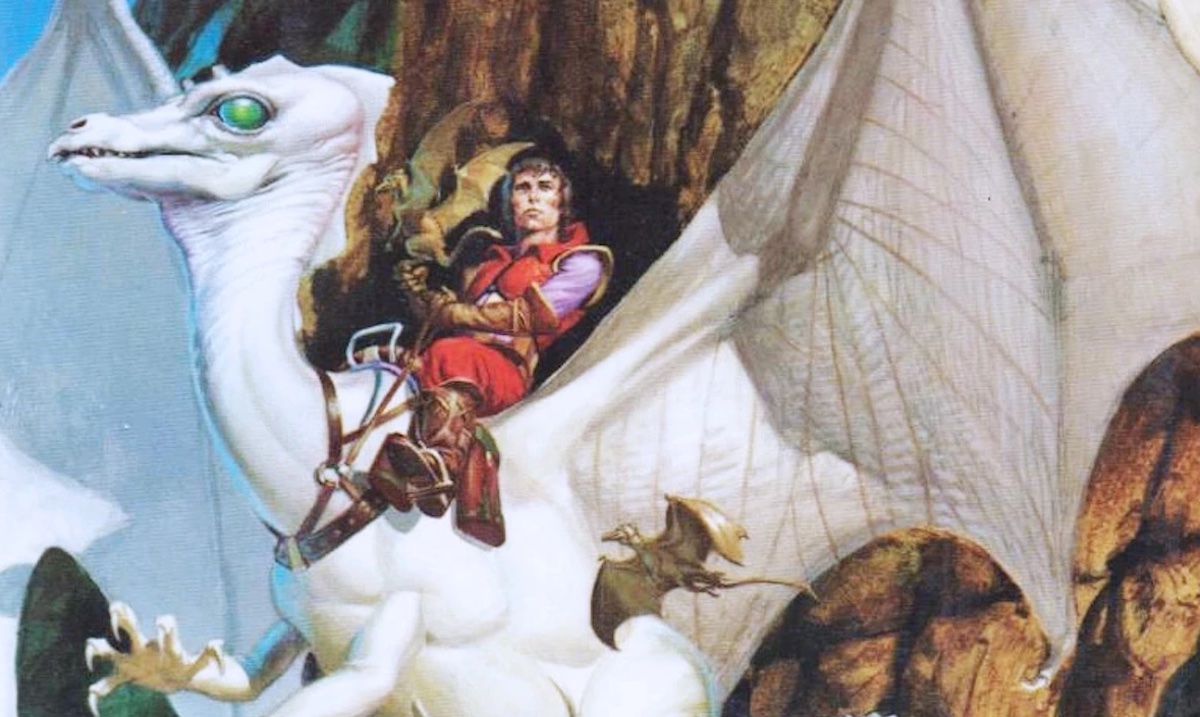
Despite dragons’ millennia-long history, it’s only recently that writers in the West have started portraying them as allies instead of monsters to be feared and slain. Those of us who grew up loving dragons owe a huge debt to writers like Ursula K. Le Guin, Anne McCaffrey, Bruce Coville, and of course George R. R. Martin, along with all the fantasy illustrators who formed our modern ideas of what a dragon looks like.
Of course, earlier writers like J. R. R. Tolkien might have inadvertently started a villain’s redemption arc for dragons, portraying them as so irresistibly cool that later writers couldn’t help but rehabilitate them. After all, Smaug from The Hobbit is a bad guy, but don’t tell me you wouldn’t love getting a drink with him.
So why do we love dragons so much? Partly they’re embedded in our psyches after tens of thousands of years of escaping predators and writing myths about it. Partly they tap into some deep part of ourselves that feels an affinity with the underworld. And partly they’re just gorgeous creatures.
And with all the great fantasy media coming out these days, those of us who are still dragon kids at heart can look forward to plenty more of their majesty.
(image: HBO)



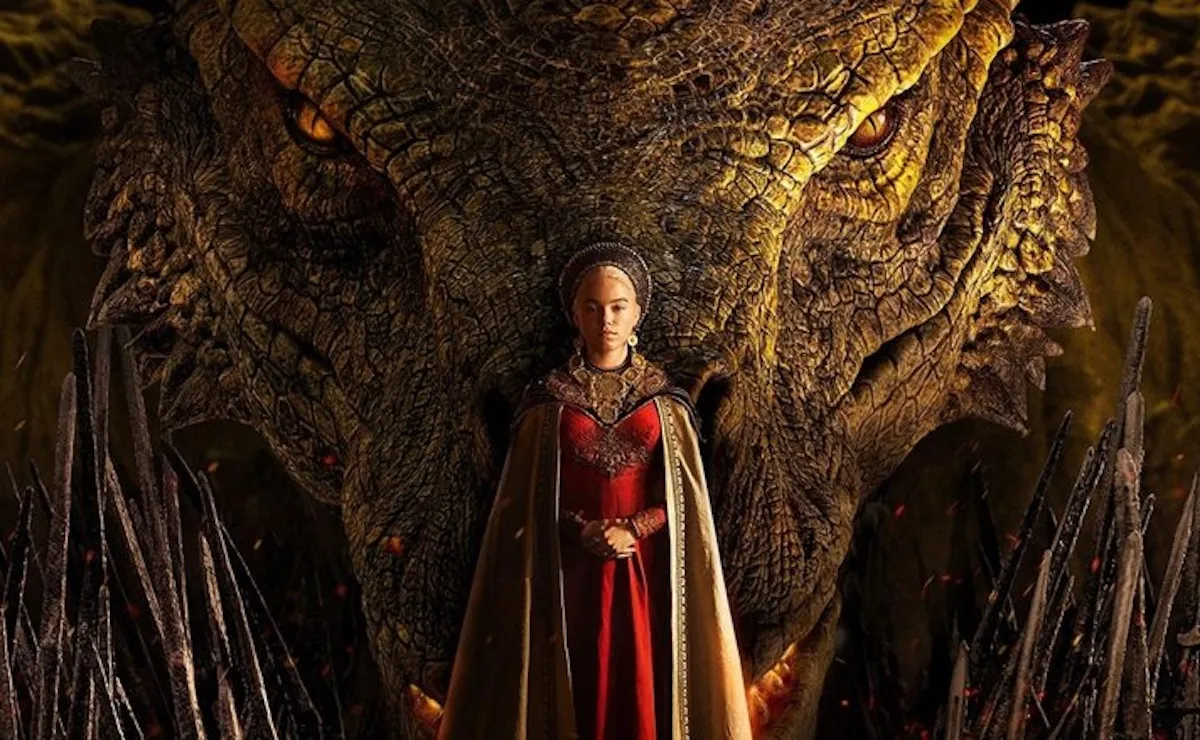



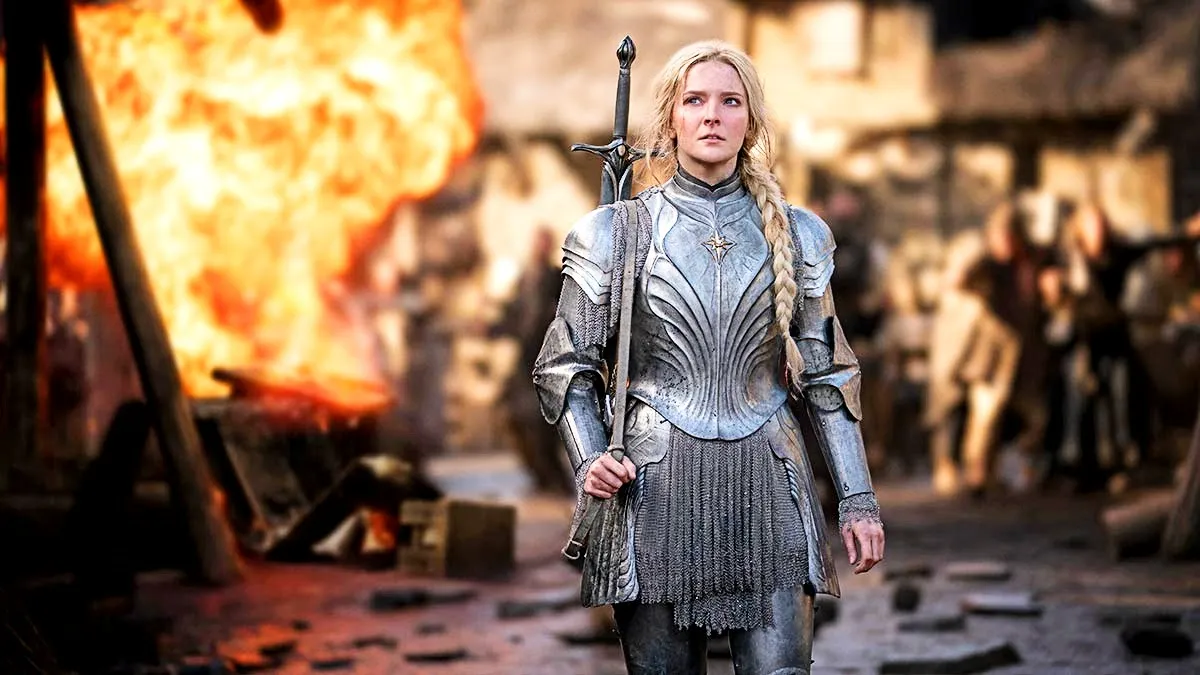


Published: Aug 26, 2022 03:26 pm